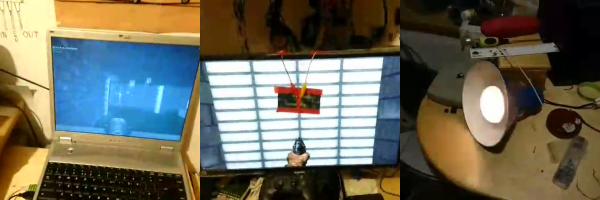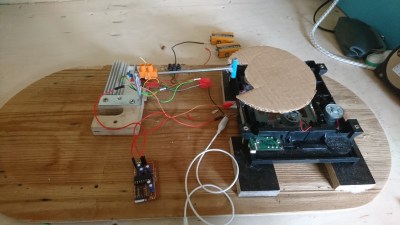Chances are anyone who has an entry-level to mid-range smart TV knows that setting them up with your streaming account credentials is a royal pain. Akin to the days of texting on a flip phone, using the number pad or arrow keys to compose your user name and password seems to take forever. So why not avoid the issue with this automated Netflix logger-inner?
As if the initial setup wasn’t bad enough, when [krucho5]’s LG smart TV started asking for his Netflix credentials every few days, he knew something needed to be done. An Arduino to send “keystrokes” was the obvious solution, but when initial attempts to spoof the HID on the set proved fruitless, [krucho5] turned to the IR remote interface. He used an IR receiver module to capture the codes sent while entering user name and password, and an IR LED plays it back anytime the TV ask for it. The video below shows how much easier it is now, and the method should work just fine for any other online service accounts.
We like [krucho5]’s build, but the fit and finish are a little rough. Perhaps slipping them into a pair of Netflix-enabled socks would be a nice touch?
Continue reading “Save Your Thumbs With This Netflix Password Sender”



















